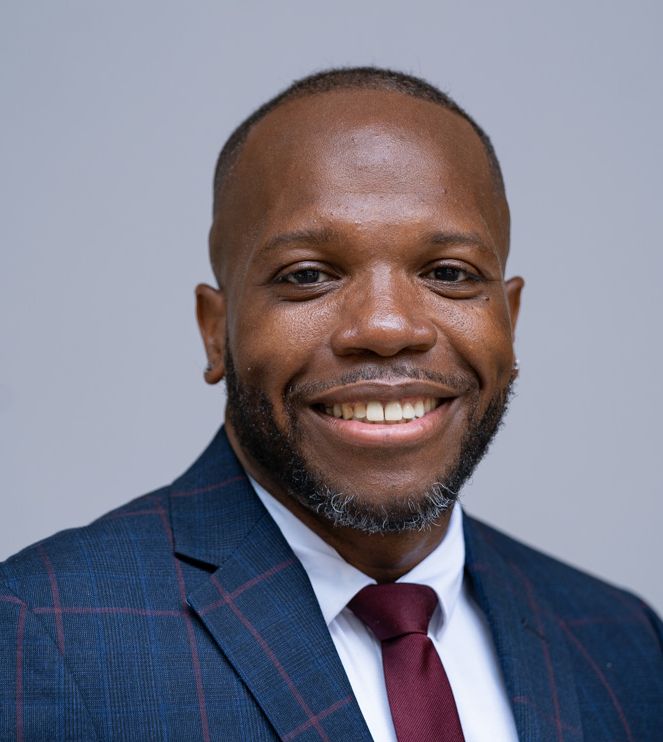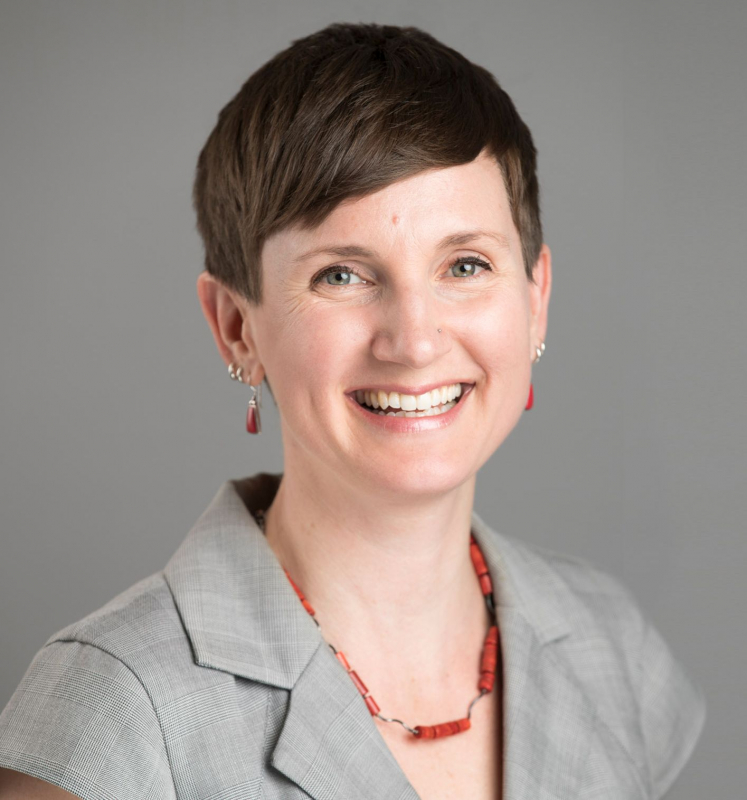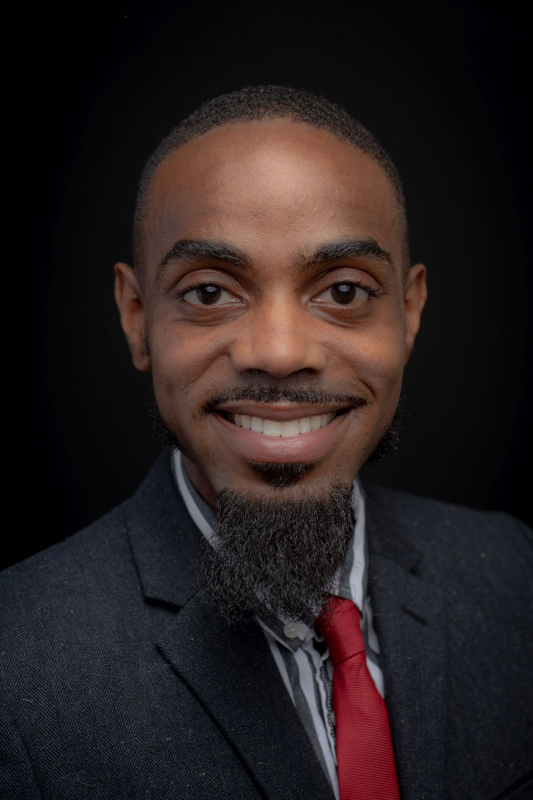A team from the University of Houston and the University of Michigan have received an additional grant from the National Science Foundation to further their collaborative research into improving underrepresented student engagement in STEM.
The team includes Jerrod A. Henderson (PI), Assistant Professor at the Cullen College of Engineering in the William A. Brookshire Department of Chemical and Biomolecular Engineering, and Rick Greer, the project co-developer and program manager. The co-PIs are Virginia Snodgrass Rangel, Associate Professor at the College of Education in the Educational Leadership & Policy Studies Department; and James Holly Jr., Assistant Professor of Mechanical Engineering at the University of Michigan.
The grant, “Enhancing Underrepresented Student Engagement in STEM through Mentoring and Family Involvement,” is for $739,486. Research started in June and is estimated to run through May 2027. The authors note the need for the research via four questions in the grant's abstract.
“The research questions that will guide this mixed-methods project will include: 1) What strategies help conceptualize STEM knowledge in a manner that affirms students' racial identity and cultural ways of knowing? 2) How do students' STEM identity and awareness of and interest in STEM change over time? 3) How do families engage in their children’s STEM learning in out-of-school STEM communities, and 4) how does family participation shape students' interest in STEM and their STEM identity?”
Henderson said their goal would be to use data from interviews, observations, and questionnaires to more deeply probe participants’ stories and experiences.
“What we’ve seen is that much [research] work has been done, but many times the voices, stories, and perspectives of learners from diverse backgrounds are not foregrounded, left out altogether, or are framed from a deficit perspective,” he said. “This grant will address many of these gaps.”
This research builds on earlier work from Henderson, Rangel and Mariam Manuel, a Science Master Teacher for teachHOUSTON Instructional Assistant Professor in the College of Natural Sciences and Mathematics Department of Mathematics. The previous grant, “Enhancing Underrepresented Boys' Engagement in STEM through Mentoring and Father Involvement,” totaled $1.10 million and ran from February 2018 through July 2022.
This is the third grant that Henderson and Rangel have received together. In Sept. 2021, they received a planning grant from the NSF for an Engineering Research Center. Henderson noted that ultimately, all three grants build upon each other.
“The first project only included boys, but now girls are also included,” he said. “The ERC birthed from this and other work. The ERC will allow us to build upon this work by including more researchers and addressing some of the challenges of students’ pathways to and through engineering using a more systemic, engineered systems approach.”
The research enabled by the grants takes place via the St. Elmo Brady STEM Academy (SEBA), which introduces underrepresented fourth and fifth grade students to a variety of STEM topics, from the physics of catapults to the properties of polymers. Henderson said Blackshear, Burnet, and Cage elementary schools were partnering with SEBA for this research, with a potential fourth school to be named later.


